Expansion of Offshore Wind Farms
The expansion of offshore wind farms is emerging as a significant driver for the Wind Turbine Composites Market. Offshore installations typically require larger and more robust turbine blades, which in turn necessitate the use of high-performance composite materials. The global offshore wind capacity has been increasing, with projections indicating a potential doubling of capacity in the next decade. This growth is likely to create substantial demand for advanced composites that can withstand harsh marine environments. As investments in offshore wind projects continue to rise, the market for wind turbine composites is expected to flourish, driven by the need for innovative materials that enhance the efficiency and reliability of offshore wind energy systems.
Government Incentives and Policies
Government policies and incentives play a crucial role in shaping the Wind Turbine Composites Market. Many countries are implementing favorable regulations and financial incentives to promote the adoption of wind energy. These initiatives often include tax credits, grants, and subsidies for renewable energy projects, which directly benefit the wind turbine sector. For instance, the introduction of feed-in tariffs has encouraged investments in wind energy infrastructure, leading to increased demand for composite materials used in turbine manufacturing. As these policies continue to evolve, they are expected to further stimulate growth in the wind turbine composites market, fostering innovation and competitiveness.
Growing Focus on Energy Efficiency
The Wind Turbine Composites Market is also driven by a growing focus on energy efficiency. As energy costs rise and environmental concerns become more pressing, there is an increasing need for technologies that maximize energy output while minimizing waste. Wind turbine manufacturers are increasingly turning to composite materials to enhance the aerodynamic performance of turbine blades. Enhanced designs and materials can lead to higher energy conversion rates, making wind energy more viable. This trend is likely to continue as stakeholders seek to optimize energy production and reduce operational costs, thereby propelling the demand for advanced composites in the wind energy sector.
Rising Demand for Renewable Energy
The Wind Turbine Composites Market is experiencing a surge in demand due to the increasing global emphasis on renewable energy sources. Governments and organizations are investing heavily in wind energy as a sustainable alternative to fossil fuels. This shift is driven by the need to reduce carbon emissions and combat climate change. According to recent data, wind energy capacity has been growing at an annual rate of approximately 10%, indicating a robust market for wind turbine composites. The materials used in turbine blades, such as fiberglass and carbon fiber composites, are essential for enhancing efficiency and durability, thereby supporting the overall growth of the wind energy sector.
Technological Advancements in Composite Materials
Innovations in composite materials are significantly influencing the Wind Turbine Composites Market. The development of lighter and stronger materials, such as advanced carbon fiber composites, is enabling the production of larger and more efficient wind turbine blades. These advancements not only improve energy capture but also reduce manufacturing costs. Recent studies suggest that the use of these advanced composites can enhance the lifespan of wind turbines, thereby providing a competitive edge in the market. As manufacturers continue to explore new material formulations and production techniques, the market for wind turbine composites is likely to expand, driven by the need for improved performance and sustainability.


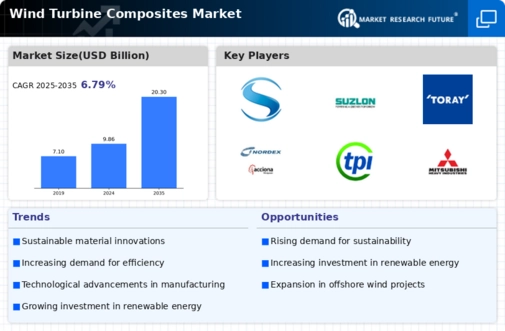
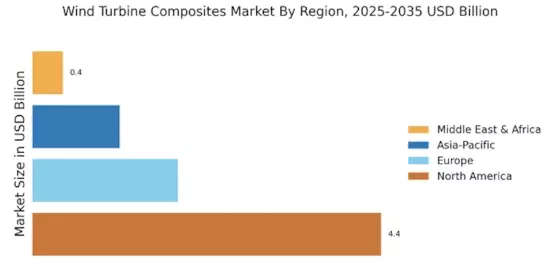
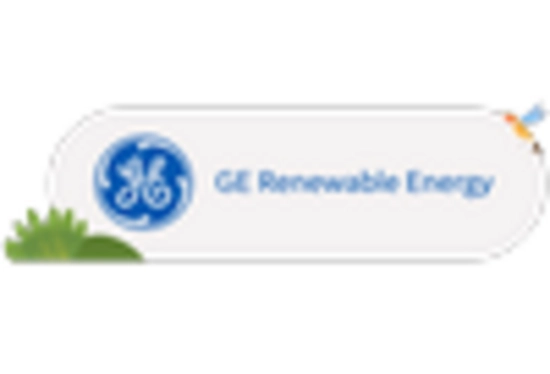
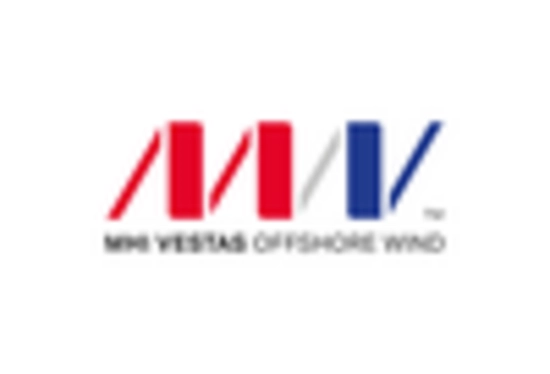
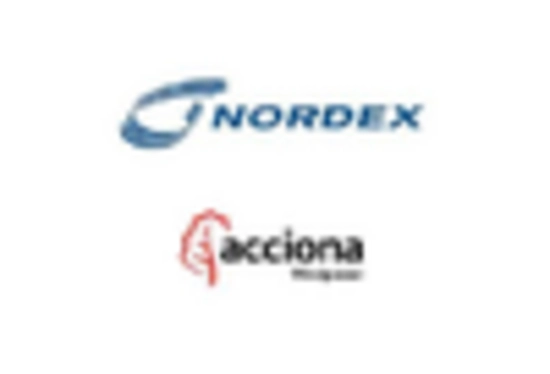
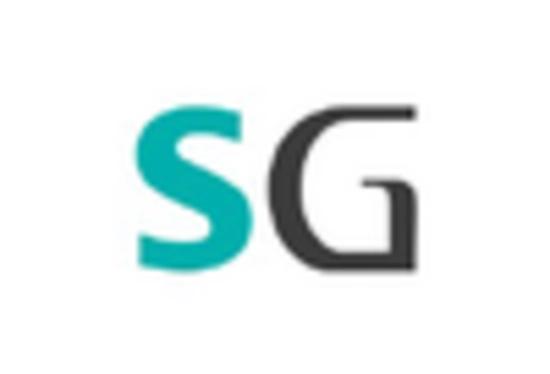
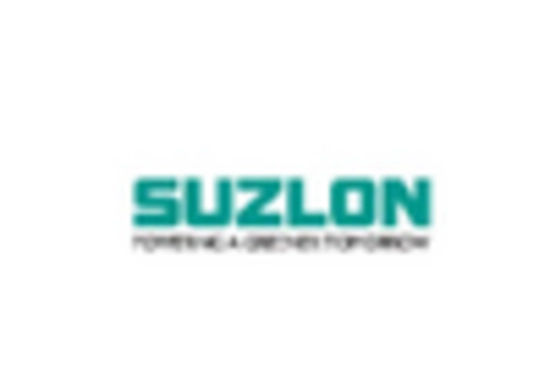
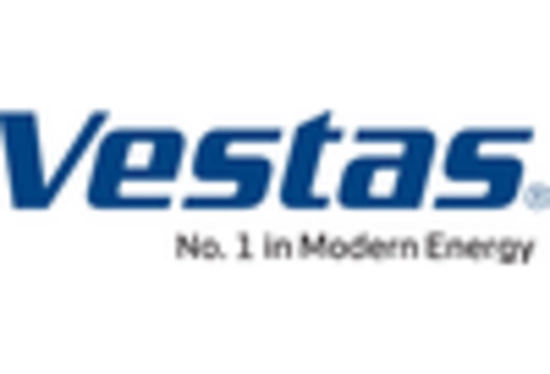








Leave a Comment